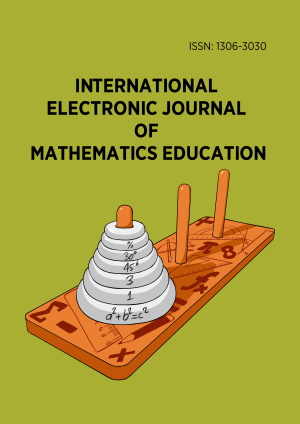Abstract
Collaborative learning is a group learning paradigm in which individuals or students work together to solve problems or complete tasks, exemplifying the essence of collective educational efforts. There are a lot of collaborative learning methods available; however, finding one that is suitable for the complex nature of mathematical problem-solving is a very difficult task. As a result, the goal of this paper is to compare and evaluate three collaborative learning methods that, while similar, serve different goals. These methods include thinking aloud pair problem-solving (TAPPS), the jigsaw method, and the fishbowl method. TAPPS emphasizes metacognition development by providing individuals with problem-solving skills and how to convey their mental processes verbally. The jigsaw method, on the other hand, encourages comprehensive knowledge through cooperative group efforts while working in small groups. Finally, the fishbowl method emphasizes collaborative and observational learning. This paper highlights the unique characteristics of each method by reviewing previous research and considering how each influences student participation, group learning, and mathematical achievement. The evaluation’s goal is to assist educators and researchers in making informed decisions about the selection and implementation of teaching methods that suit the specific needs of mathematics classrooms.
License
This is an open access article distributed under the Creative Commons Attribution License which permits unrestricted use, distribution, and reproduction in any medium, provided the original work is properly cited.
Article Type: Research Article
INT ELECT J MATH ED, Volume 20, Issue 2, May 2025, Article No: em0820
https://doi.org/10.29333/iejme/15935
Publication date: 01 Apr 2025
Online publication date: 07 Feb 2025
Article Views: 3997
Article Downloads: 5438
Open Access References How to cite this article
 Full Text (PDF)
Full Text (PDF)